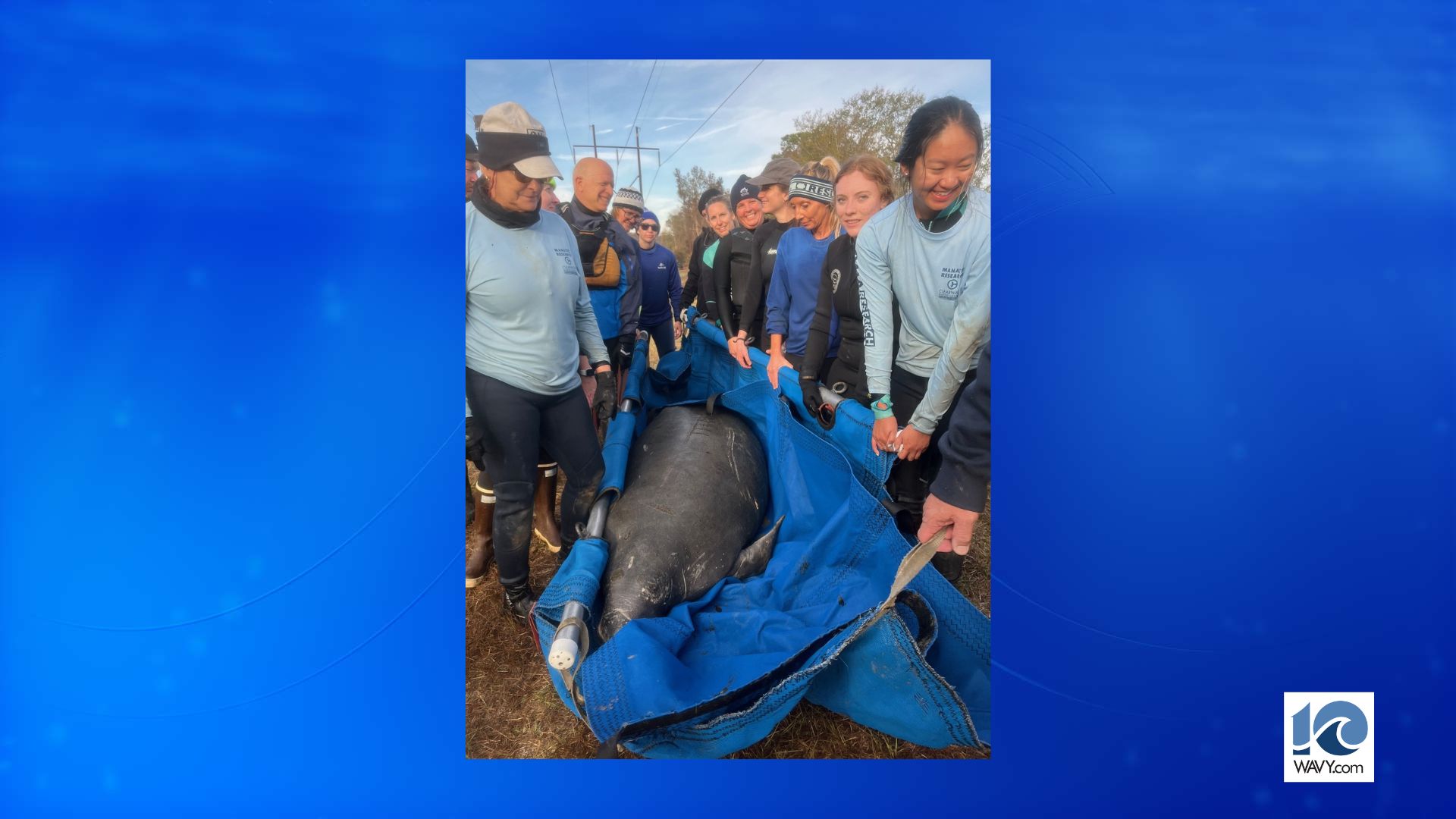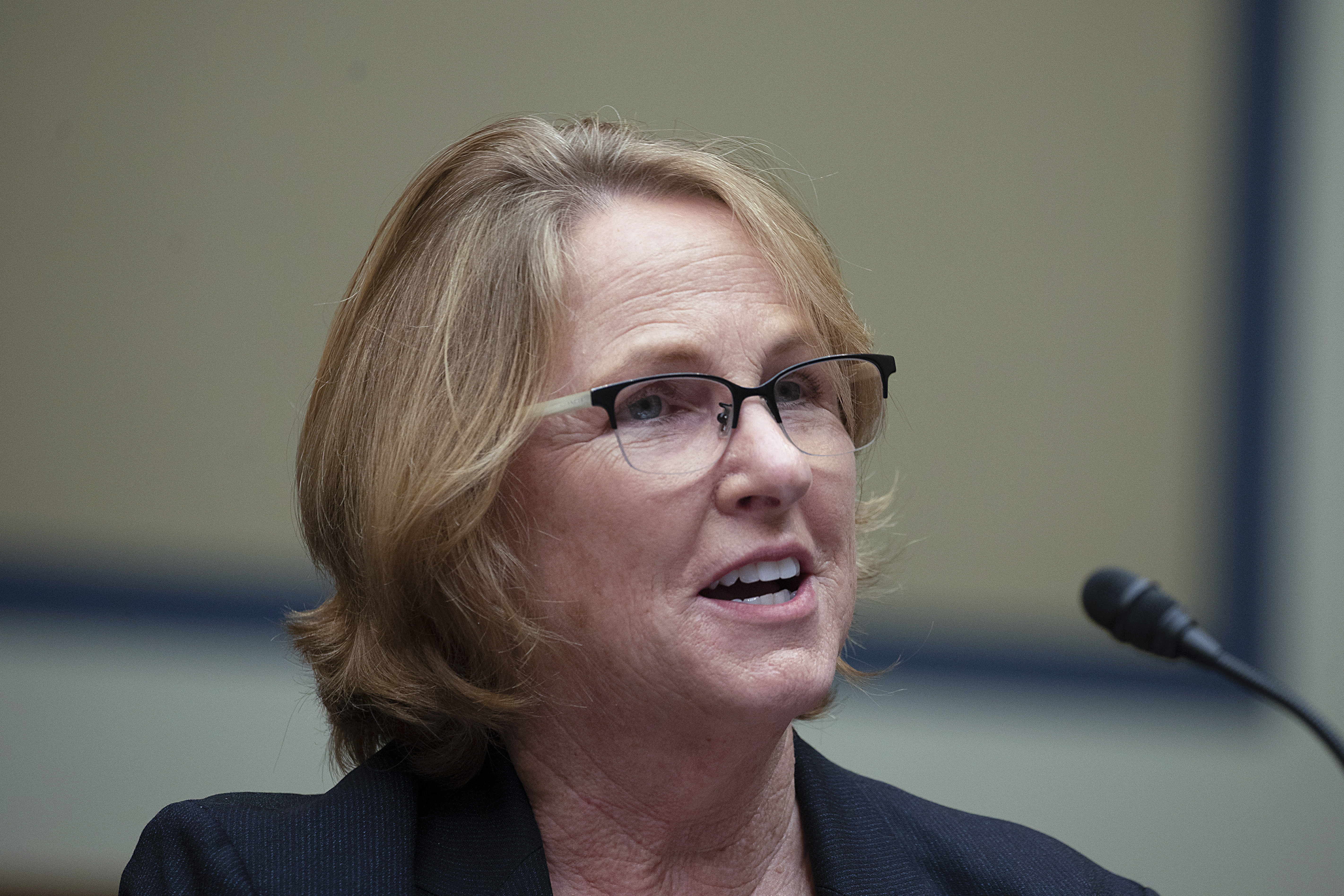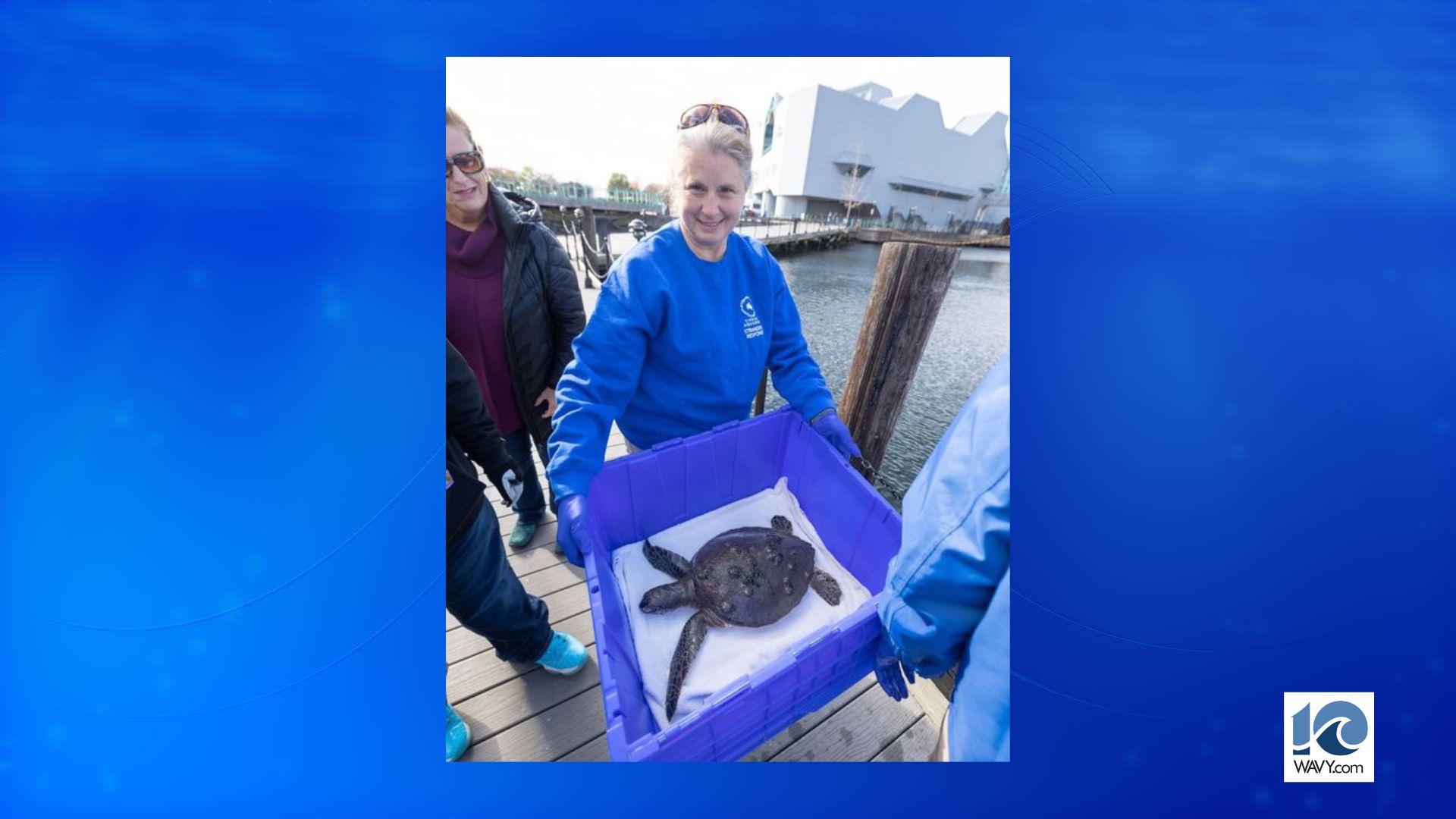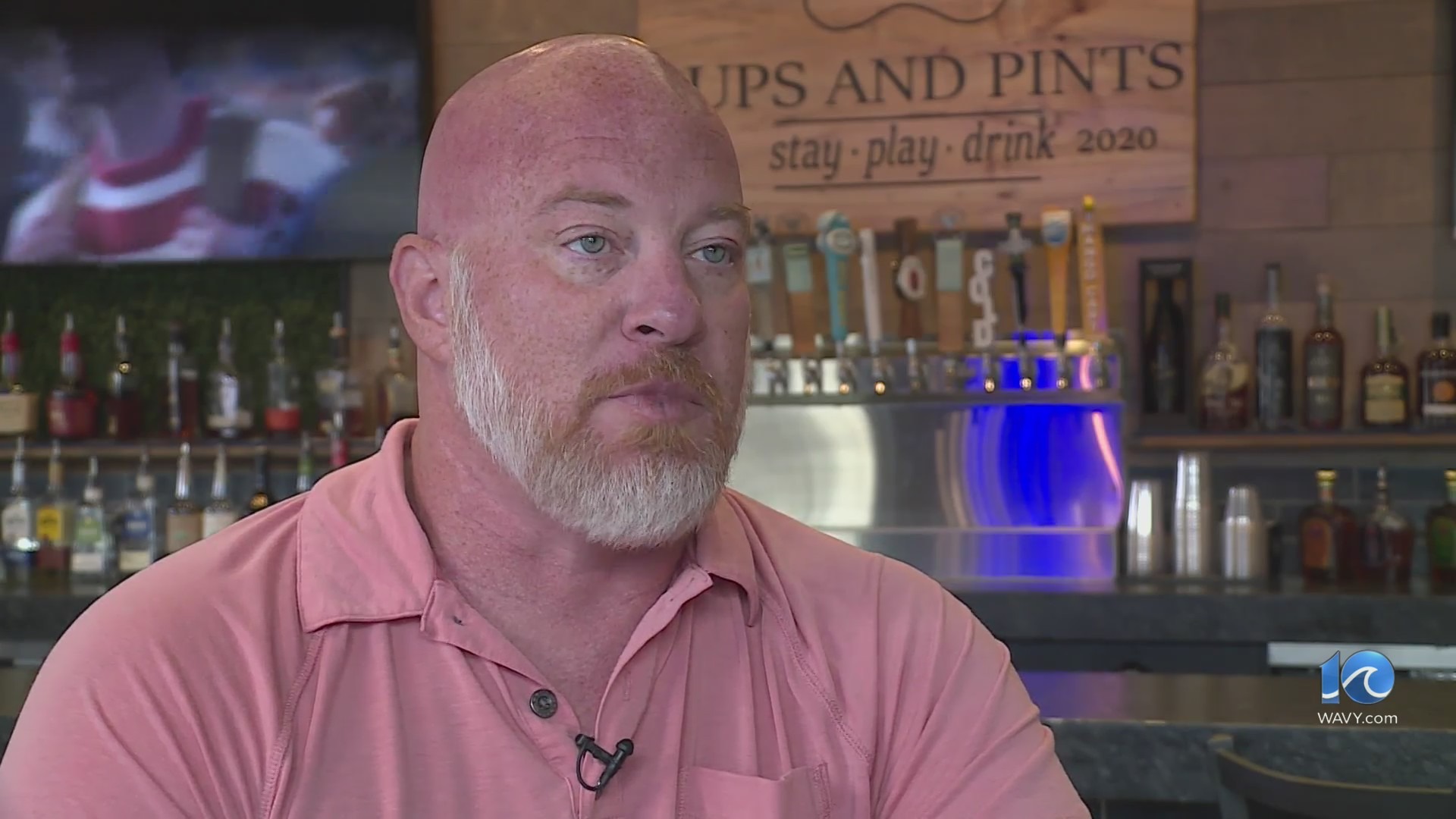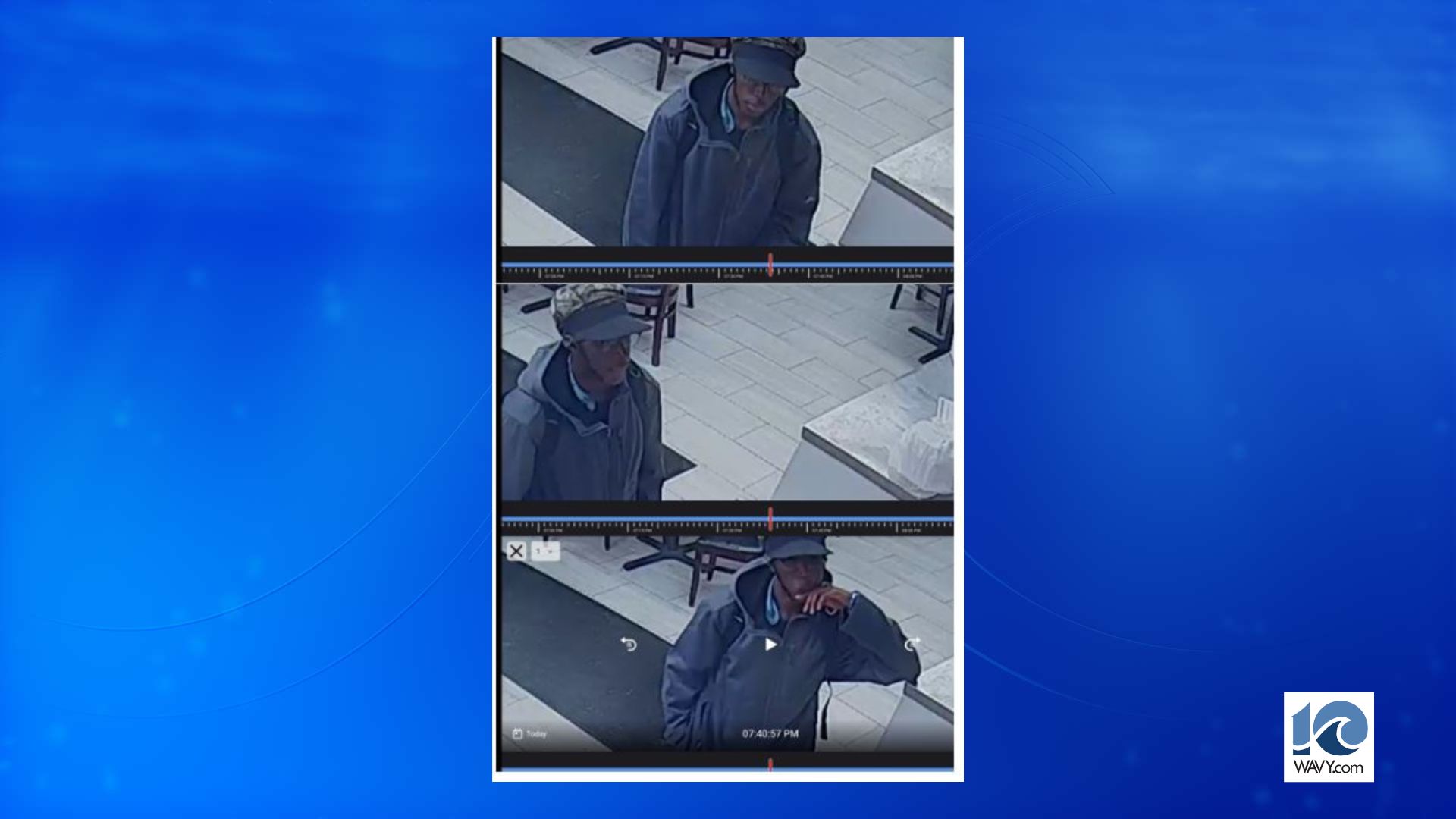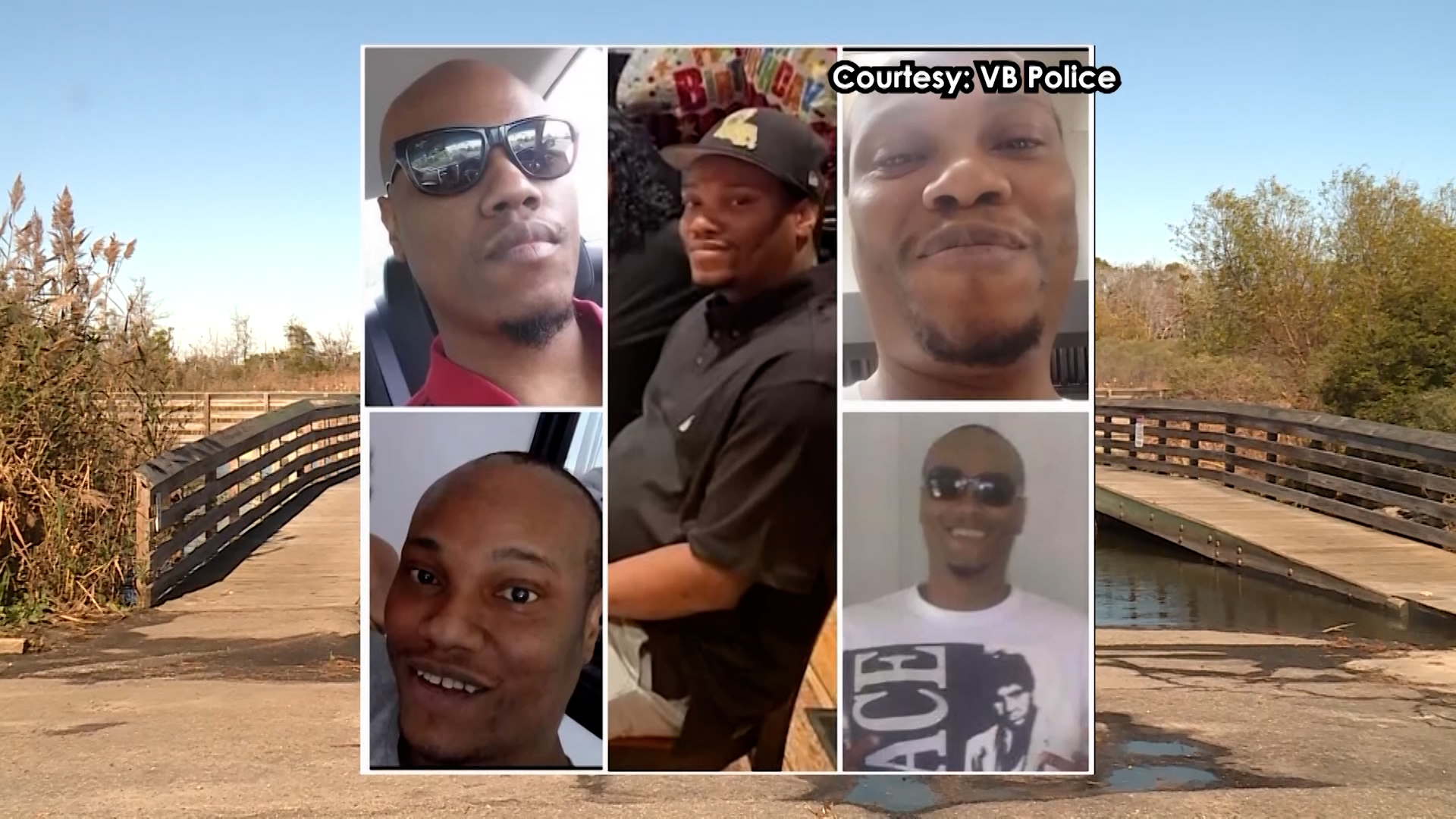ISLE OF WIGHT, Va. (WAVY) — After months of debate, the Isle of Wight Board of Supervisors voted unanimously Thursday to relocate the Confederate monument that has stood at the front of the county’s courthouse complex for 116 years.
The county will now have to wait 30 days before solidifying the controversial structure’s future home. Under state law, a local government must first solicit proposals for museums, historical societies, governments or military battlefields to take ownership of the monument.
However, barring any offers, the monument will be moving west along Route 258 to a piece of property in the Walters area of the county, owned by Volpe Boykin.
“There is a general consensus of this board that it should not remain on county property,” said Chairman Dick Grice (Smithfield District) ahead of the vote.
The decision comes more than seven months after Supervisor Rudolph Jefferson, who happens to be the board’s only Black member, first proposed using new state law to move the war monument.
Since the death of George Floyd in May — a Black man killed while in the custody of Minneapolis police — there has been a renewed push across the county for racial justice. In the South and Hampton Roads localities, that’s included a push to remove or relocate Confederate monuments.
Isle of Wight is the ninth in the Hampton Roads region to order a move. Leaders in Virginia Beach, Portsmouth, Williamsburg, Newport News, Franklin, Surry, and Pasquotank County, North Carolina, are some localities in the region that have also voted to relocate theirs.
Black Americans in particular have labeled monuments to the “Confederate dead” as symbols of oppression. Many those in support of keeping the monument where it is have argued they are truly meant to “honor the dead,” and have no racist intent.
At a fiery public hearing in September, both sides came out in force to share their views.
An eight-member task force — made up of five white members and three Black members — began meeting Oct. 7 after the majority of the Board of Supervisors decided they still wanted more input before making a decision.
The task force ultimately brought forward locations the monument could be relocated to, as well as ways it could be contextualized.
The force identified the Town of Windsor Cemetery as the top choice for the relocation of the monument. Earlier this month, Windsor’s Town Council expressed they did not have interest in that idea.
Boykin’s property was the second choice.
“No one can preserve our history and heritage better than we can,” Boykin said in a statement following the vote.




